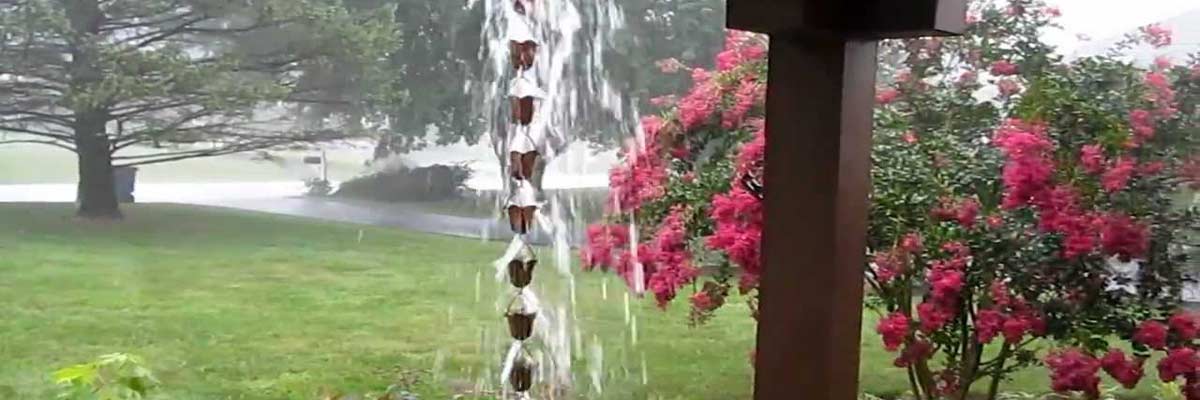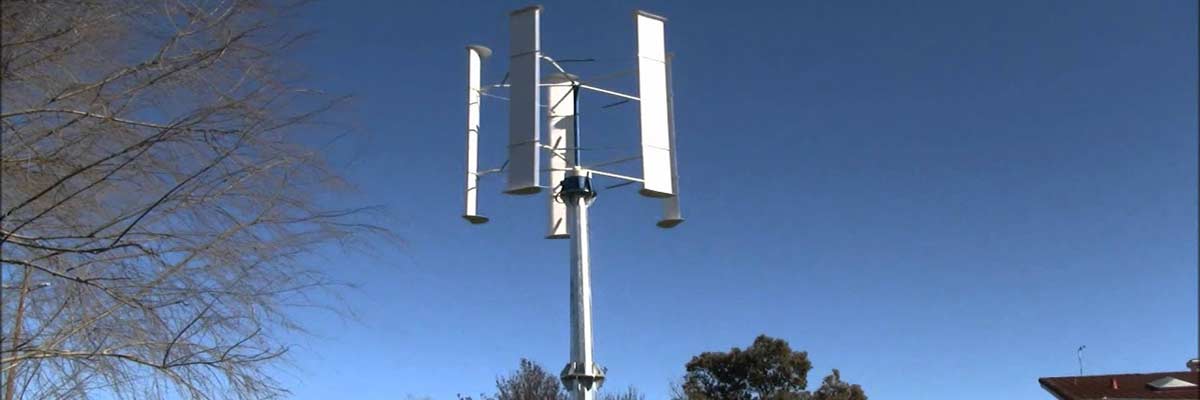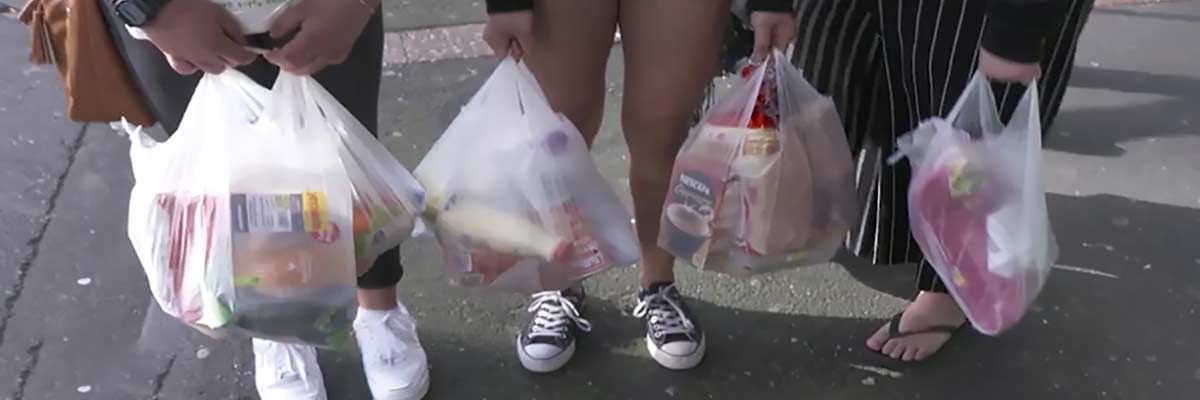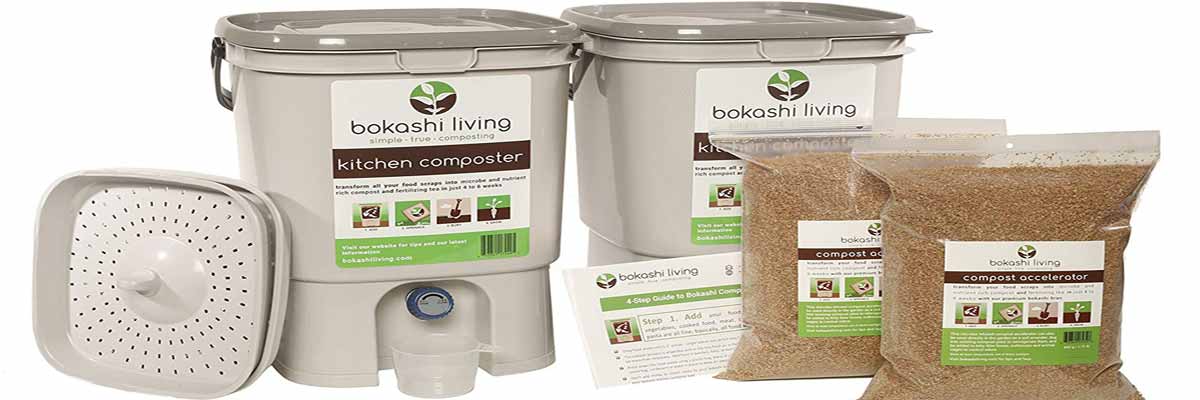Rain Barrel Rain Chains Offer A Pleasing Alternative To Downspouts
Ever forward on my mission to get more people using rain barrels, I wanted to draw some attention today to the beauty of rain chains. Since aesthetics outside the home is often of great importance to some, plastic or metal downspouts can sometimes be less than pleasing going into your rustic rain barrel. Rain chains are a nice alternative if you’re looking for something else to complete the picture. Harvest H20 gives us a great description of how they work:
The Jellyfish: A 36” Personal Wind Turbine For The Masses
Imagine a personal wind turbine that can power a home filled with LED lights — and also only cost $400. Such is the idea behind the Jellyfish — a 36” tall vertical-axis turbine that is a semi-finalist in Google’s 10 to the 100th contest–$10 million for the 5 ideas that helps the most people.
The inventor, Chad Maglaque, figures the total cost of the turbine could be brought down to only $199 — if subsidized with tax rebates. His current version, which he believes is only 12-to-18-months away from stores, is Wi-Fi and WiMax equipped and outputs 40 kWh a month. That’s not enough to take your home off-grid, but it would offset a percentage of energy consumption from other, not-so-green sources. Here’s a bit more detail from the website:
Get the Ball Rolling to Get Plastic Bags Off the Streets
Last year, Americans used over 100 billion plastic bags. Fortunately, thousands of enlightened shoppers are changing the way they shop (for good), by pledging to get off the plastic. Join the movement and get the ball rolling. Together we can keep 1 billion plastic bags off our street this year.
Philips Master LED Bulb Is Oh So Pretty, Pricey, Promising
Philips has announced that their new Master LED Bulb will be ready for mass consumption this coming July. For all the energy-savings that CFL bulbs have given us, they’ve also had some PR issues — especially when it comes to light color and mercury. LED takes everything that CFL offers, turns up the efficiency (over 30x more long-lasting than a incandescent bulb), and contains no mercury.
There are still some issues to work out with LED — one being that this Philips is expected to cost $50-$70. But price and aesthetics will be resolved over time. I just find it amazing that with this technology in place, my kid won’t know what it’s like to change a light bulb for many, many, years.
Green Mansion Comes With An Ocean Floor View
While the words “green” and “mansion” don’t really play nice together, this home — called the Acqua Liana — is certainly a testament to big-thinking green design.
Coming in at over 15,000 square-feet, the Liana resides on about 1.6 acres near the Atlantic Ocean. It is the first home to be built and certified to the rigorous “green” standards as defined and mandated by the U.S. Green Building Council, the Florida Green Building Council and Energy Star for Homes. Some of the green features include:
Solar panels generating enough energy to run the entire home on certain days (generating enough electricity to run 2 average sized homes). When combining the home’s solar use, energy efficient appliances and air-conditioning, insulative characteristics and overall architectural design, the home’s automated bio-feedback system will display its energy efficiency in real time.
The Green Picture: Church Becomes A Part Of Mother Nature
I’m a big fan of watching nature re-claim buildings — and this is a perfect example of that. Best I can tell, this is a church in Toronto. Now, I’m not sure whether the building is abandoned or if someone has been neglecting the ivy. Either way, there’s certainly not much sunlight entering through that window anymore!
Bokashi Composting: The Urban Solution For Organic Waste?
With Spring so close I can barely stand to wait, I’m making plans for the garden, ordering seeds, and getting ready to reorganize my compost pile. See, during the winter months I’ve been reading up on what an absolutely shitty job I’ve done with my current compost layout. Sure, it’s better than nothing, but I could be getting my food and yard scraps to break down much faster with a bit of proper setup.
Anyways, while continuing this research, I came upon a post over on CleanTechnica discussing the composting technique called Bokashi. Basically, it’s a high-speed breakdown process that takes advantage of anaerobic mirobes. Instead of placing your food scraps in an outdoor, open-air bin — you shove them into an air-tight bin. CleanTechnica gives us the deets:












